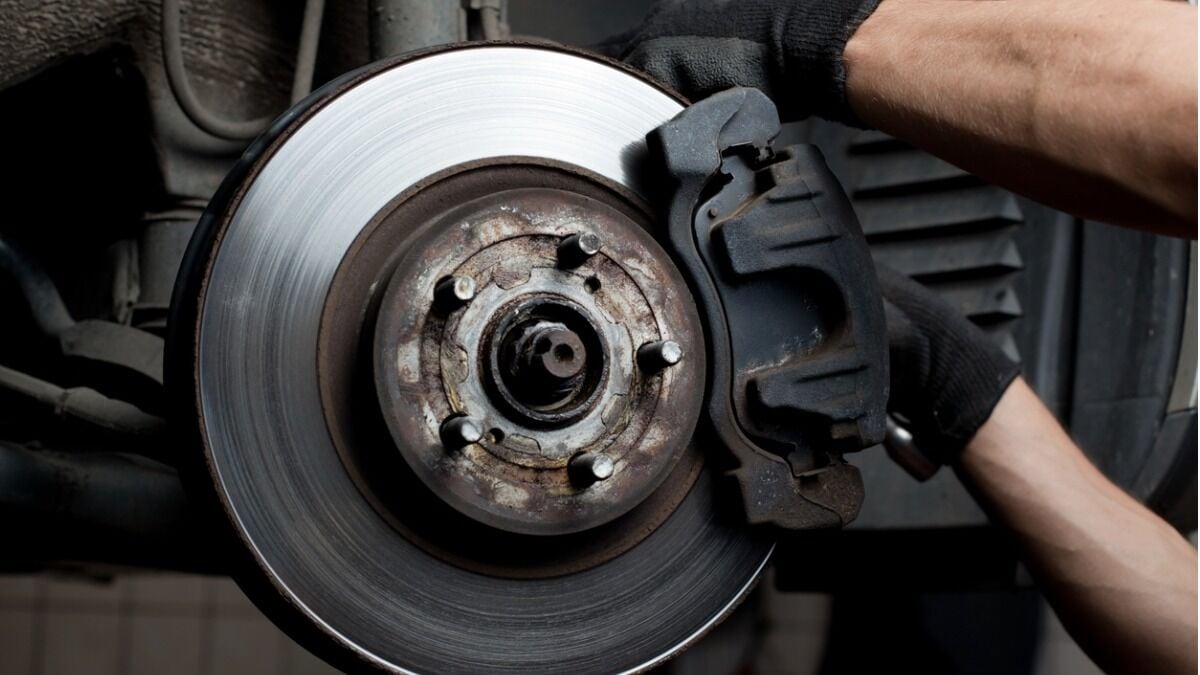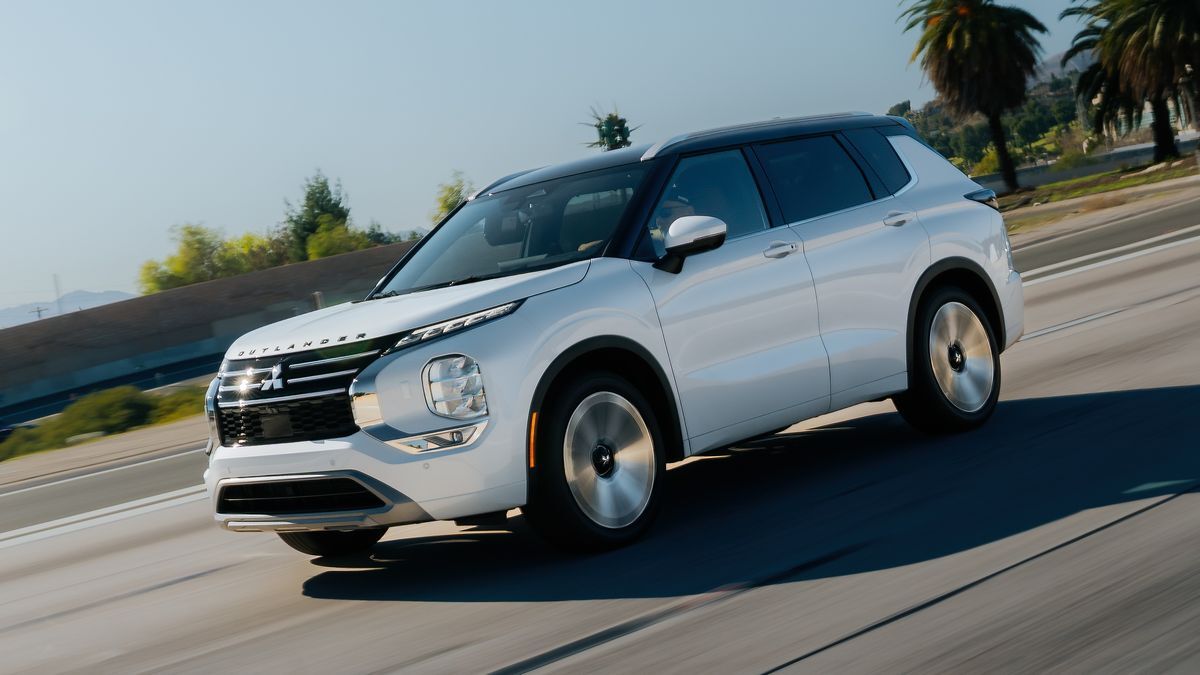
The Dealertrack Credit Availability Index tracks how difficult it is to qualify for all types of car loans. The index increased 1.1% to 103.7 in September, reflecting that auto credit was easier to get in the month when compared to August.
Dealertrack is owned by Kelley Blue Book parent company Cox Automotive.
The approval rate, however, moved against buyers. The average loan initiated in September required a higher down payment than in August. Longer-term loans, which can lower payments, also declined.
The improvement in loan conditions came mostly because auto loan rates are increasing slower than bond yields. The average auto loan rate increased by 40 Basis Points (BPs) in September compared to August, while the 5-year U.S. Treasury increased by 66 BPs.
That helped subprime buyers — subprime loans made up 11.7% of new cars loans in September, compared to 11.3% in August. Loans with negative equity also increased.
That won’t last. The Federal Reserve raised interest rates early this month. Our analysts expect the move to trigger tighter credit standards in the car loan business.
As lower-income buyers find it harder to afford a new car, automakers will likely chase higher-income buyers with more expensive cars. That could create a feedback loop. Both automakers and lenders may tailor their products toward high earners, pushing more Americans out of the new car market.
However, Americans seem ready to go car shopping in the short term. The Conference Board’s most recent Consumer Confidence Index showed that more Americans plan to purchase a new car in the next six months than said the same in August.







